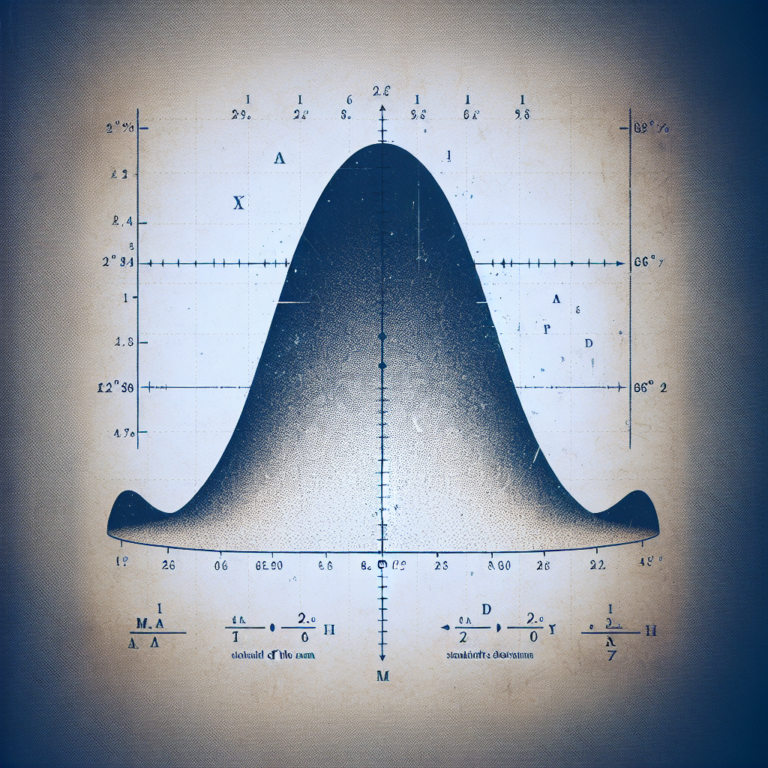Understanding Box Plots: An Essential Data Visualization Tool
Box plots, also known as box-and-whisker plots, are a valuable tool in statistical analysis to visually represent the distribution of data. They provide a clear and concise summary of key statistical measures that can help us understand the spread, variability, and central tendency of a dataset. StatisMed, a company specializing in statistical analysis services for medical professionals, recognizes the importance of using box plots for data visualization in the medical field.
What is a Box Plot?
A box plot consists of a box that spans the interquartile range (IQR) of the data, with a line inside the box representing the median. The "whiskers" extend from the top and bottom of the box to the minimum and maximum values within a certain range. Any data points that fall outside this range are considered outliers and are often represented as individual points on the plot.
Key Components of a Box Plot
- Median: The middle value of the dataset, representing the 50th percentile.
- Interquartile Range (IQR): The range within which the middle 50% of the data falls.
- Whiskers: The lines that extend from the box to the minimum and maximum values within a certain range.
- Outliers: Data points that fall outside the range covered by the whiskers.
Why Use Box Plots?
Box plots offer several advantages over other data visualization techniques. They provide a quick visual summary of the data distribution, making it easy to identify outliers and assess data variability. Box plots are also useful for comparing distributions between different groups or datasets, allowing for a clear understanding of differences in central tendency and spread.
How to Interpret a Box Plot
When interpreting a box plot, it is important to consider the central tendency, spread, and presence of outliers in the data. The position of the median line indicates the center of the data distribution, while the length of the box represents the spread of the middle 50% of the data. The whiskers show the full range of the data, excluding outliers, which are displayed as individual points outside the whisker range.
Applications of Box Plots in Medicine
In the medical field, box plots are commonly used to visualize various types of data, such as patient outcomes, laboratory results, and treatment effects. By using box plots, medical professionals can easily identify trends, compare data between different patient groups, and detect anomalies that may require further investigation. StatisMed offers statistical analysis services tailored to the needs of medical practitioners, helping them make informed decisions based on data-driven insights.
Conclusion
Box plots are a powerful data visualization tool that can provide valuable insights into the distribution of data. By understanding the key components of a box plot and knowing how to interpret them, medical professionals can leverage this visual representation to make informed decisions and improve patient outcomes. StatisMed is committed to helping medical professionals harness the power of statistical analysis through services that are customized to meet their specific needs. If you are interested in learning more about our services, please visit our website, or contact us for a quote today.
[ad_2]




